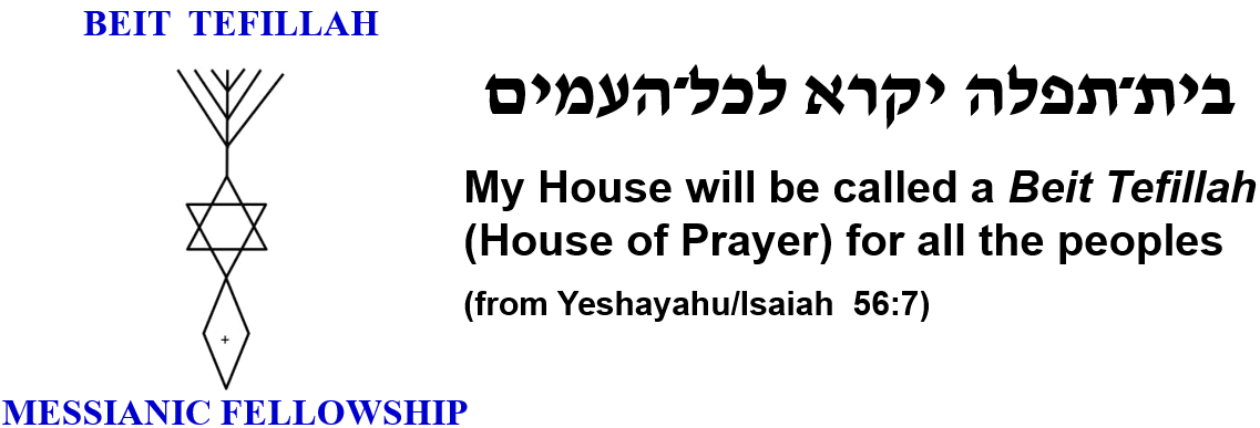
Last fall, I had the opportunity to defend against a disjointed and highly speculative attack against the Biblical account of the Exodus from Egypt in a live discussion/debate with the proponent of a theory that might be short-titled “Djehutymose = Yehudah Moshe.” Some of the basic assertions of this theory are that Moshe/Moses was trying to restore the “Aten Revolution” (of Pharaoh Tutankhamen’s father, Aten), that the Ark of the Covenant and the Tabernacle were modeled after Tutankhamen’s burial chamber, and that King Hezekiah’s newly found Seal proved that he was laying claim to the throne of Egypt centuries after the Exodus.
Some highlights:
“Mn-Kpr-Re” is not the root of “Menorah”
“Mn-Kpr-Re” doesn’t mean “symbol of divine light,” but “enduring form of Ra/Re”
The proponent for the theory tried to “Joseph Smith” Egyptian symbols. Of note, he asserted that a certain symbol was the basis for the Tabernacle menorah. It is actually indicative of the Egyptian game of reaching the afterlife. One such game was found in Tutankhamen’s tomb.
You may never encounter such a theory contested. You might be caught off guard and fooled by a “just so story.” However, this pdf at the link (below) of the slide show used in the debate to utterly debunk this theory should help you do the same. Check it out.
https://www.beittefillah.org/wp-content/uploads/2019/08/Exodus_defended_2018.pdf
